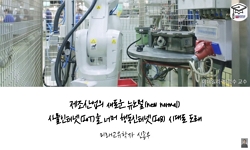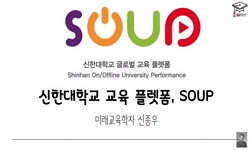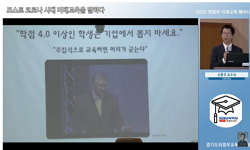This paper attempted to present future structural reform measures of social security system, recognizing that the current social security system cannot properly cope with the current problem and cannot respond to future paradigm changes. The social se...
http://chineseinput.net/에서 pinyin(병음)방식으로 중국어를 변환할 수 있습니다.
변환된 중국어를 복사하여 사용하시면 됩니다.
- 中文 을 입력하시려면 zhongwen을 입력하시고 space를누르시면됩니다.
- 北京 을 입력하시려면 beijing을 입력하시고 space를 누르시면 됩니다.

사회보장체계의 구조개혁에 관한 고찰 = A Study on the Structural Reform of Social Security System in the Republic of Korea
한글로보기https://www.riss.kr/link?id=A109084528
- 저자
- 발행기관
- 학술지명
- 권호사항
-
발행연도
2024
-
작성언어
-
- 주제어
-
KDC
300
-
등재정보
KCI등재
-
자료형태
학술저널
- 발행기관 URL
-
수록면
279-315(37쪽)
- 제공처
-
0
상세조회 -
0
다운로드
부가정보
다국어 초록 (Multilingual Abstract)
This paper attempted to present future structural reform measures of social security system, recognizing that the current social security system cannot properly cope with the current problem and cannot respond to future paradigm changes. The social security system was approached and evaluated in terms of targets, benefits, finances, governance, and performance indicators. The current system has wide blind spots, inadequate benefits, confusion between universal and selective welfare, and inefficient governance, and as a result, the quality of life indicators are far behind in the light of global standards. Reform of the current system seems inevitable to prepare for the upcoming new normal. As a major proposal, first, it will be reorganized into a universal social security system that encompasses blind spots, but the Eup-Myeon-Dong administrative welfare center (‘self-governing village’) will be the first point of contact by unifying the organizations for financing and benefits/services delivery. Second, it aims for proportional welfare in proportion to the income (property) and situation of individuals or households. The basic livelihood benefits and work incentives (child incentives) system will be integrated, and a elderly three-tier income guarantee system of the basic pension, national pension, and retirement pension will be established. Third, the emphasis is on integrating Medical Aids into national health insurance and preventing medical poverty caused by severe-long term diseases. Fourth, in addition to the public security system, it should be active in organizing private welfare resources. Fifth, it is necessary to select and manage international standards of quality of life indicators according to the economic level every year.
동일학술지(권/호) 다른 논문
-
약자에 관한 이론적 고찰: 새로운 약자의 개념, 특성 및 범주
- 한국사회보장학회
- 김욱진 ( Kim Wook-jin )
- 2024
- KCI등재
-
- 한국사회보장학회
- 권혁창 ( Kwon Hyeok Chang )
- 2024
- KCI등재
-
복지국가와 환경국가의 배열: 복지-환경 국가의 세 가지 세계
- 한국사회보장학회
- 이상은 ( Lee Sang Eun )
- 2024
- KCI등재
-
한국의 디지털 전환과 복지국가 연구에 대한 체계적 문헌고찰
- 한국사회보장학회
- 남재욱 ( Nahm Jaewook )
- 2024
- KCI등재




 KISS
KISS






